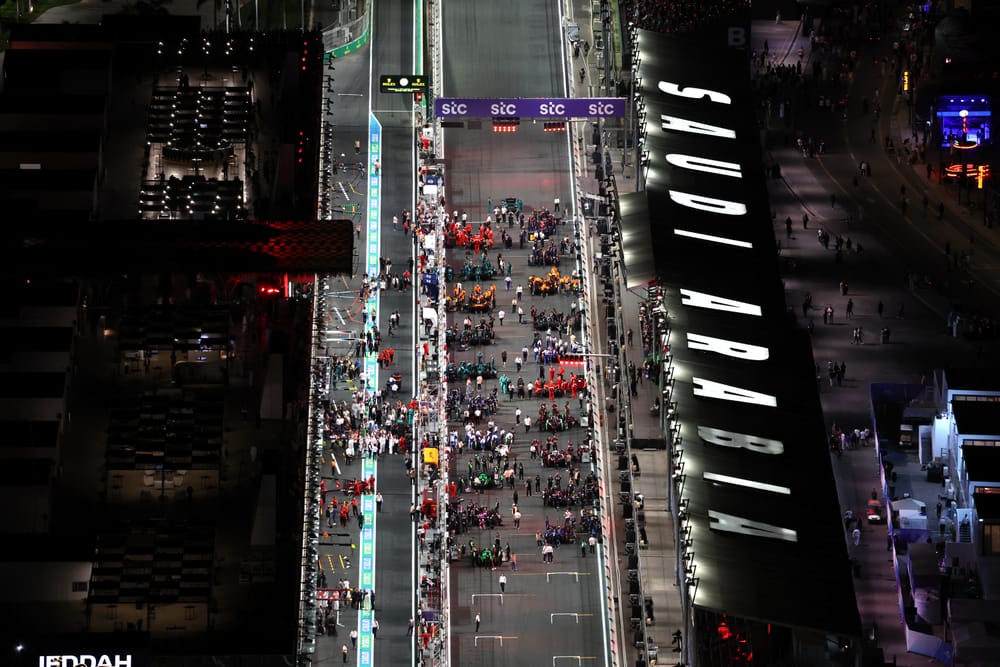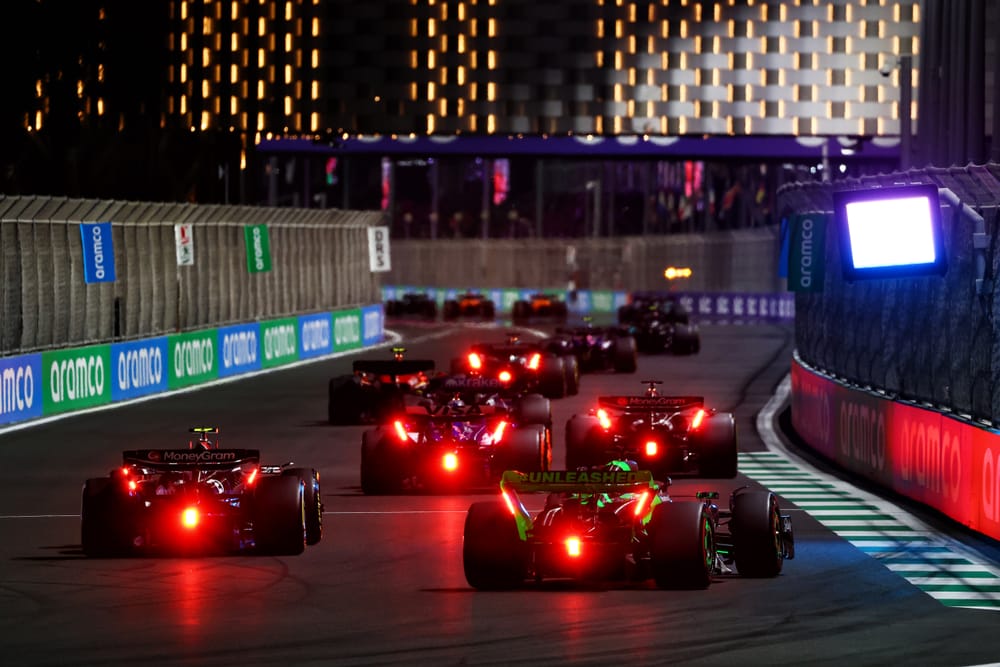Up Next

While Kevin Magnussen’s rolling roadblock act in Jeddah was dubbed “amazing” by Haas team principal Ayao Komatsu as it earned Nico Hulkenberg a point that is “like gold dust”, others were less impressed.
RB sporting director Alan Permane criticised the strategy, describing it as “the very definition of unsportsmanlike behaviour” - the problem isn't with Haas or Magnussen, but with the way the FIA penalises drivers, something its new-for-2024 penalty change hasn't fixed.
The extent of Magnussen's tactics
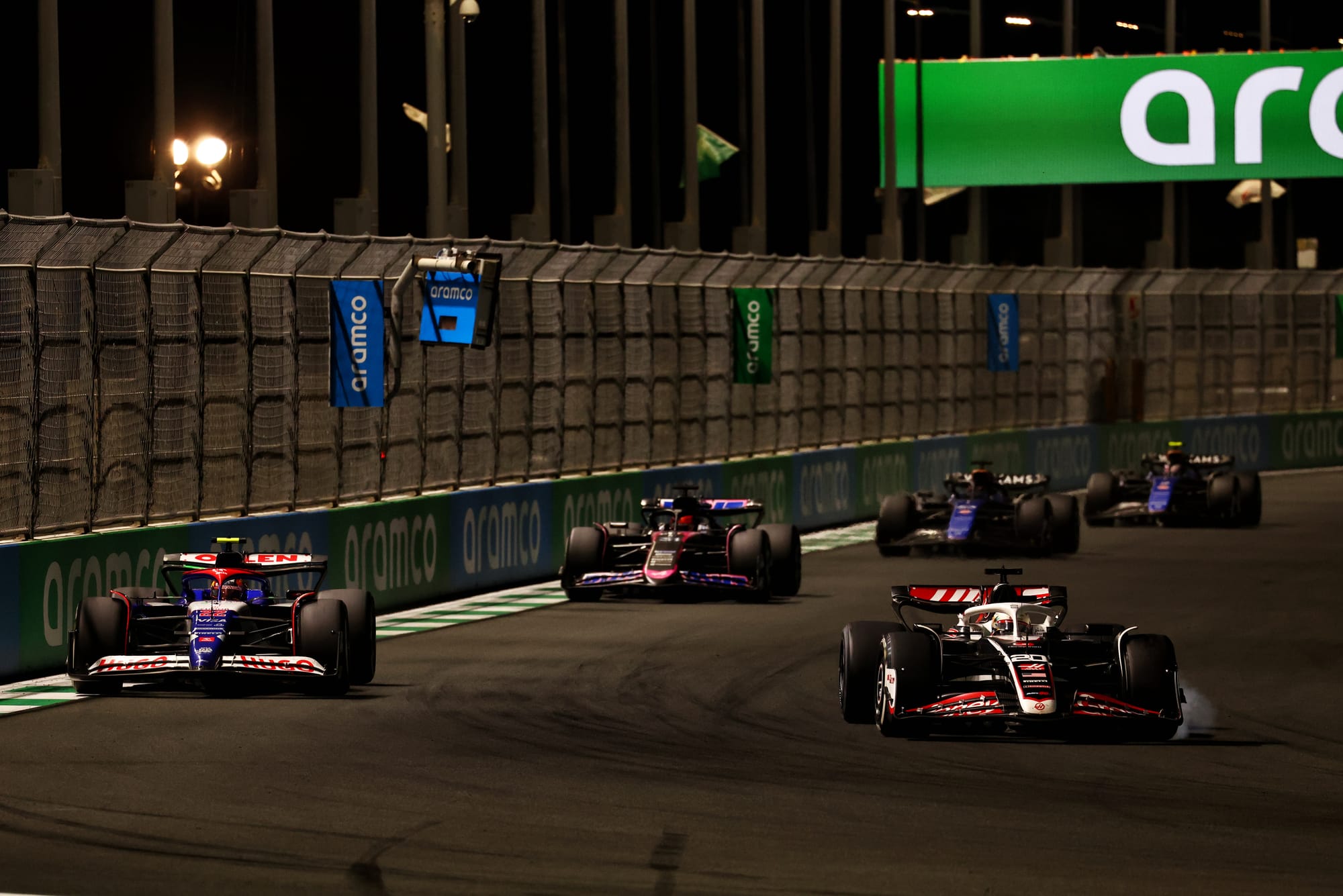
Magnussen’s contribution was key to Hulkenberg’s result and only possible thanks to the extreme measure of sacrificing his own race. That’s rather less selfless than it sounds given Magnussen’s race was already ruined by a pair of 10-second penalties, but he still had track position and the capacity to influence the races of rivals competing with Hulkenberg.
Magnussen made his pitstop on lap seven, one of 14 to do so under the safety car deployed because of Lance Stroll’s shunt. Hulkenberg, however, stayed out with Haas splitting strategy and avoiding a double-stack pitstop.
That briefly allowed him to climb to eighth, but he was quickly shuffled back to 10th after being passed by George Russell and Ollie Bearman. Magnussen, meanwhile was 13th, behind Sauber driver Zhou Guanyu, yet to stop, and RB’s Yuki Tsunoda, who was running to the end.
Magnussen’s pass on Tsunoda at the Turn 4/5 left/right on lap 17 was the pivotal moment as it put him ahead of the RB, and the other five cars potentially in the position to leapfrog Hulkenberg when he stopped. Magnussen already knew he had one 10-second penalty when he passed Tsunoda having been told about it on the previous lap, and on lap 22 was hit with a second for the illegal overtake. Any hope of points was gone.
By then, Haas had already instructed him to slow the pace. The first message came at the end of lap 20 from engineer Mark Slade, who said “I’ve been told that you need to maintain a pace of [1m]35.5s. Do not attempt to catch Zhou. We need to do a [1m]35.5s.”
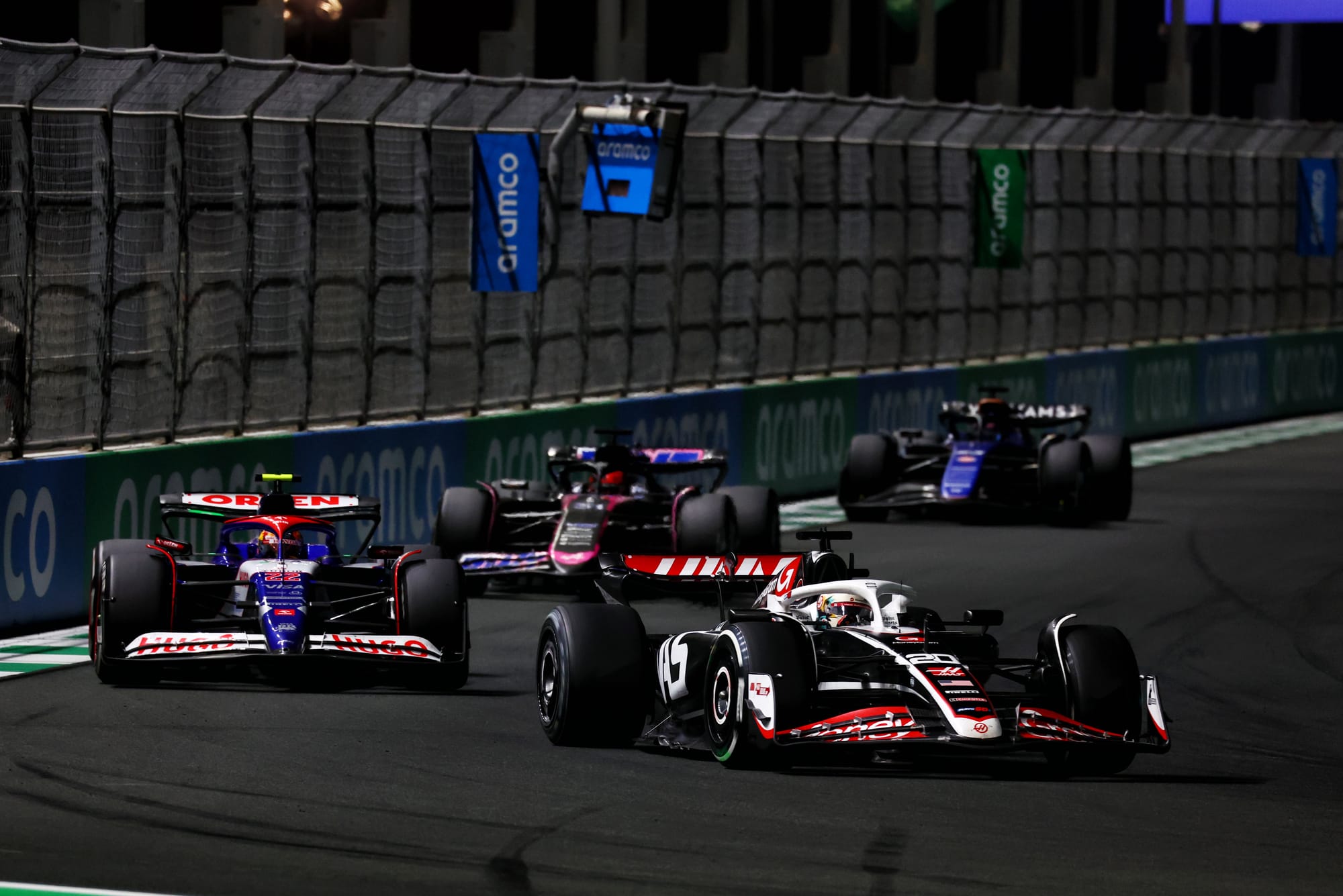
Magnussen did not respond immediately, setting a 1m34.923s on lap 21 and being told at the end of the lap he needed to go “more slowly”. On lap 22 he was then told “we’ve been given another 10-second penalty for leaving the track and gaining an advantage, so the only way for the team to get something out of this is to do as we ask.”
Magnussen acknowledged this and on lap 22 posted a 1m35.698s. He later dropped into the 1m36s bracket to ensure Hulkenberg could build a big enough gap. From lap 22 to 32 – the 11-lap sequence prior to Hulkenberg’s in-lap, Magnussen averaged 1m36.063s compared to Hulkenberg’s 1m34.576s.
Unsurprisingly, only Tsunoda was slower than Magnussen, and even then only fractionally given he was contained by the Haas driver’s pace.
Hulkenberg was 20.7s clear at the start of lap 33, his inlap, and with more time gained on that lap to hit the 22s target the team set “to be safe” was able to make his pitstop comfortably and re-emerge in 10th place.
During that phase of the race, driving what Komatsu called “the widest Haas F1 car you have seen for a long time” Magnussen fell behind Tsunoda on the run to Turn 1 on lap 29. He had the outside line and attacked on the brakes, crowding the frustrated Tsunoda out at the exit. However, no action was taken for this incident.
Anger from rivals is understandable
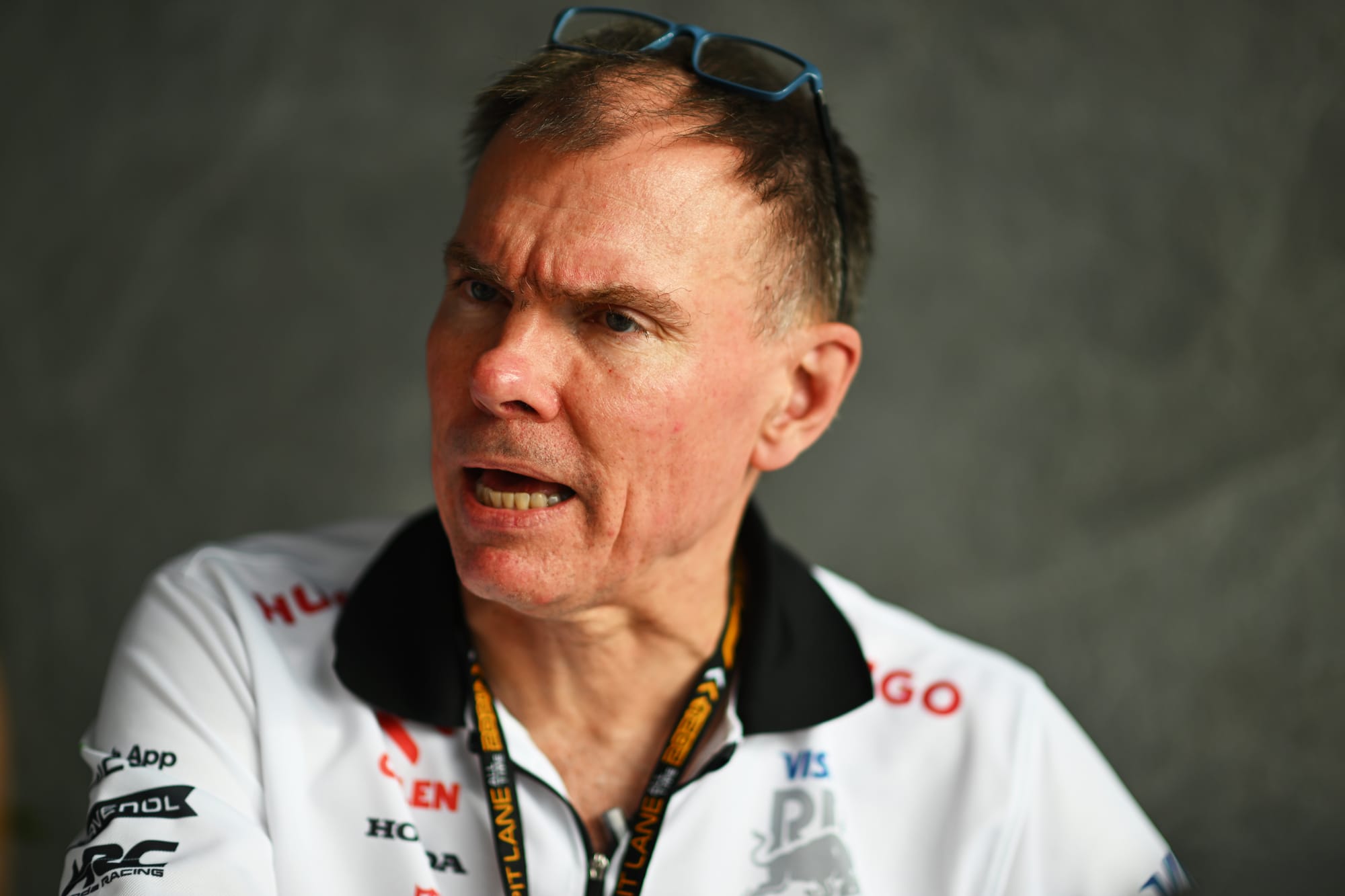
None of this went down well with Permane, which is unsurprising given Tsunoda was well-placed for points before getting stuck behind Magnussen.
“What happened was a little difficult to take, said Permane. “Magnussen drove off the track to deliberately put himself in front of Yuki and then slowed him down by up to two seconds a lap, which allowed Hulkenberg, who hadn’t stopped yet, to create a gap and of course pit in front of all the cars behind.
“That, to me, doesn’t seem correct and is the very definition of unsportsmanlike behaviour. I’m sure we and other teams will talk to the FIA about it for future races.”
Permane’s criticism is understandable, even though it’s not unheard of for drivers to back up opponents to assist their team-mates. A recent example of this was in Hungary 2021 when, on Permane’s watch, Fernando Alonso delayed Lewis Hamilton for 11 laps while battling for fourth.
This ensured Hamilton ran out of time to chase down and pass Ocon for the lead and Alpine therefore took a surprise win.
However, Magnussen’s case was significantly different as he was only ahead of Tsunoda and able to back him up thanks to an illegal overtaking manoeuvre, one that earned a penalty that contributed to him being able to sacrifice his race in service of Hulkenberg.
This is the key difference that means Permane and RB will likely raise such tactics and potential countermeasures with the FIA.
First test of F1's penalty fix missed the mark
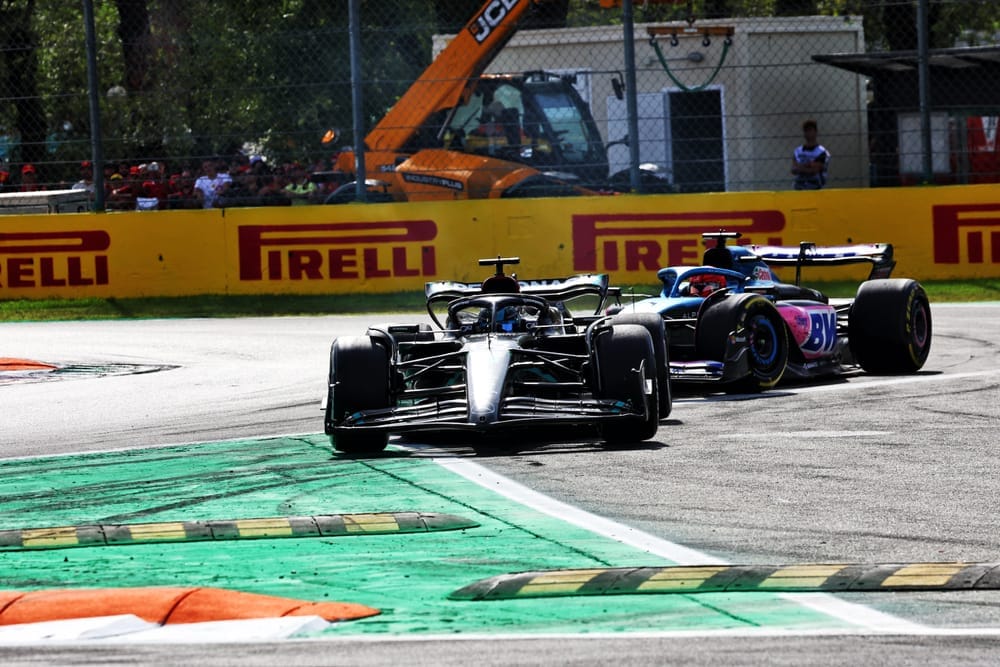
Ironically, attempts have been made to tackle this problem. Amid criticism about five-second penalties being too lenient, the FIA has indicated stewards should give 10-second penalties in instances where a position is gained by leaving the track this year.
The idea is that a bigger loss makes it less likely anyone will consciously accept a time penalty in the expectation they can gain more than they lose. A recent example of a driver doing so was George Russell at Monza last year, who took a five-second penalty for passing Ocon off track as he felt it would result in less of a time loss than being stuck behind him.
Magnussen was the first driver to be hit with a 10-second penalty on this basis, but it wasn’t enough. He effectively ‘bought’ the track position he needed.
The only aspect of Permane’s critique you can question is that it didn’t appear that Magnussen made the move to get ahead with the expectation of backing Tsunoda up.
That first instruction to slow down and back up the chasing cars over the radio came at the end of lap 20. We can’t rule out Magnussen having recognised the potential for this situation to arise himself as he was aware of Hulkenberg’s position and that Zhou ahead needed to pit and therefore making the pass.
There’s also no way to be sure if this strategic possibility had been considered before the race given the likelihood of a safety car and the potential for a split strategy.
But regardless of how this scheme was concocted, Permane is absolutely right. Magnussen should not have been there to hold up Tsunoda in the first place given the track position advantage was an ill-gotten gain of an illegal overtake.
'Any team would do the same'
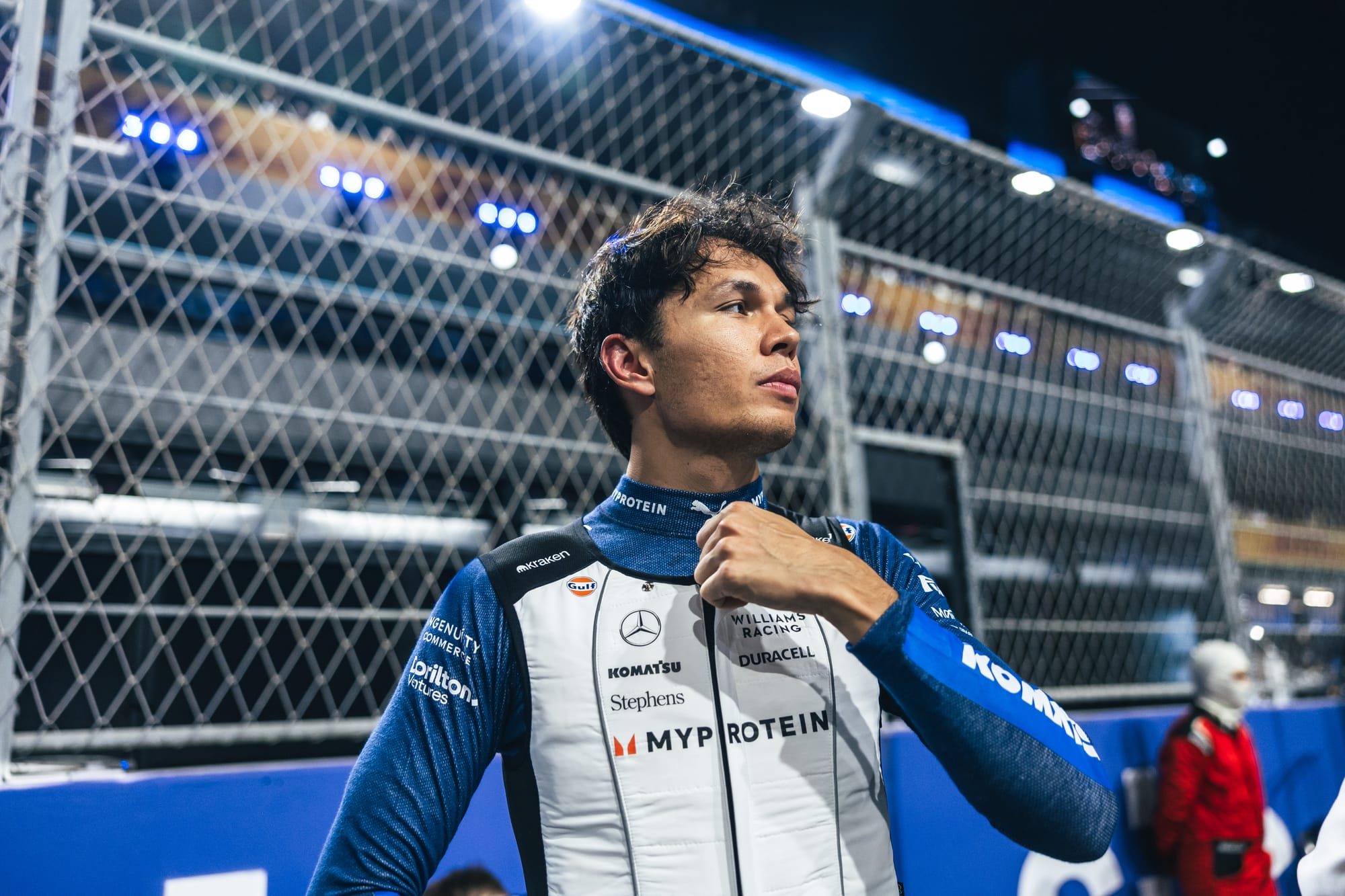
Albon, who ended up 11th, warned it’s logical for teams in the back half of the grid, fighting for scraps off the table of the top five outfits, to consider such a strategy regularly.
“You basically guarantee your team-mate points for a 10 second penalty, said Albon. “Why would you not do that every race? I don’t think five-to-10 seconds is correct, it needs to be a ‘you must return the position’ and just leave it.
“Any team would do the same thing. If only 10 seconds, you sacrifice one driver for guaranteed points. Maybe the top teams won’t do it, but the midfield teams who need to take points at any opportunity, you would do it every single time.”
Komatsu argued this situation wasn’t a concern on that score because even if Magnussen had given the position back, he could have repassed Tsunoda and 10th was still on the cards. However, that did not happen.
“Yeah but at that point in the race, if I remember the projection, we were fighting with Tsunoda for P10,” said Komatsu when The Race put to him the concerns over capitalising on the track position illegally gained.
“So of course we should have given the place back and tried to overtake him again. And I believe with our pace we could have done that. I think in the end result we are still looking for P10. Whether we could have achieved it or not is another story.”
F1's penalty change isn't enough
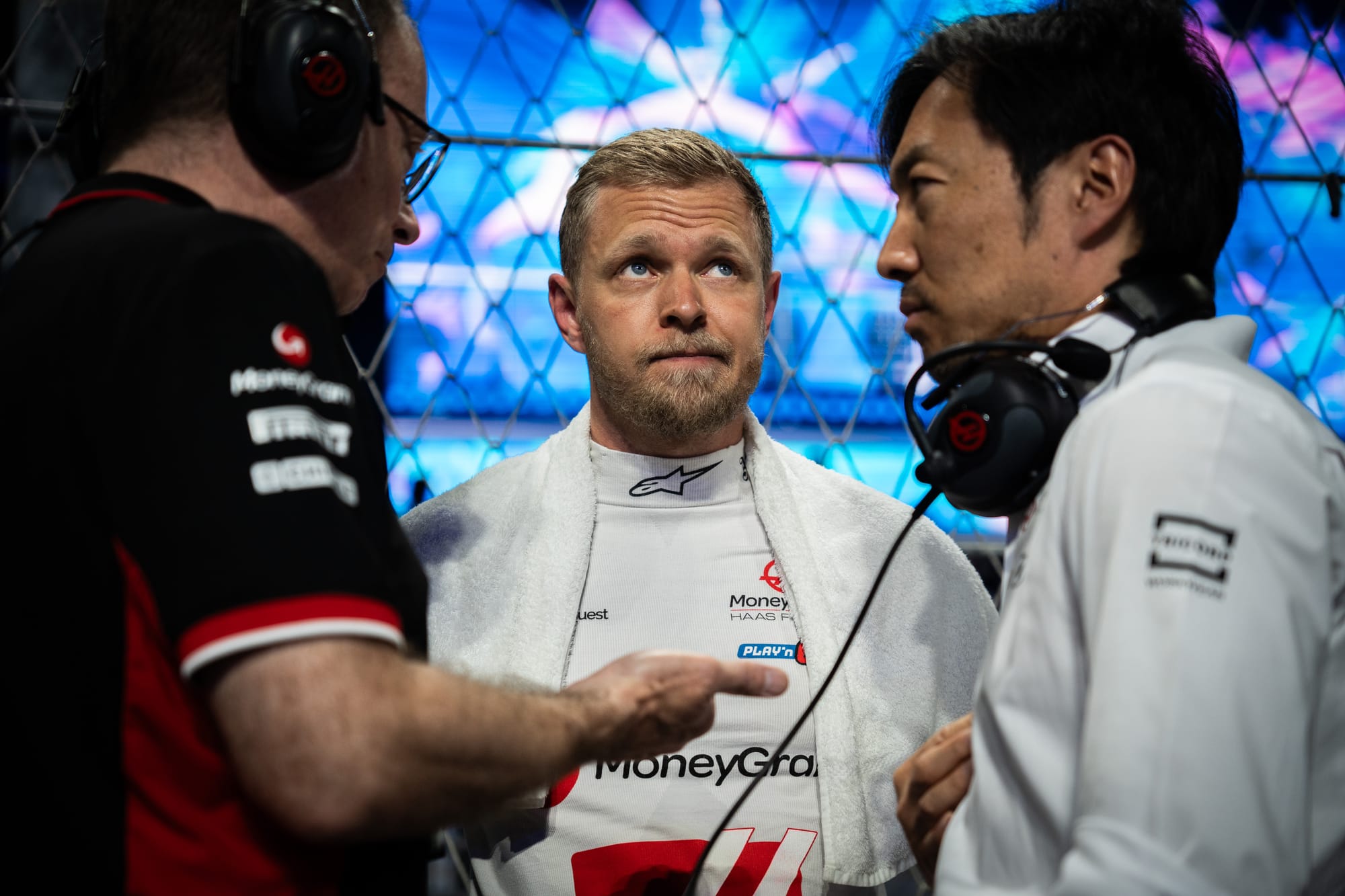
There’s nothing fundamentally wrong with what Magnussen and Haas did given the way the rules are laid out and applied – at least, not in terms of the regulations. Even so, Permane is justified in calling it unsportsmanlike, but as a long-standing student of the rules, he will also recognise the problem lies with the FIA’s policing rather than Haas.
As Albon says, if the position is ordered to be given back, this situation could have been avoided. Maybe the race would still have played out the same, as Komatsu argues, or perhaps Tsunoda would have scored the point instead. The point is the way the rules are applied should have forced it to play out in a fair way.
That’s why the 10-second change, while well-intentioned, isn’t enough. For passes off track, the driver should relinquish the position as soon as possible, say within two laps, or get a drive-through penalty.
In rare marginal cases where the infringement is debatable, this period could be extended. But Magnussen’s case was not marginal, it was clear cut.
A drive-through could be criticised as draconian, but it’s easy to avoid if you just relinquish the position. The stewards could also reserve the right to issue a drive-through in case of situations where an illegal pass could swing a race situation in a team’s favour by being in the way only briefly.
Teams will always play the situation, and that includes the rules as policed, to their advantage. That’s why it’s down to the regulator to ensure such avenues are closed off.



